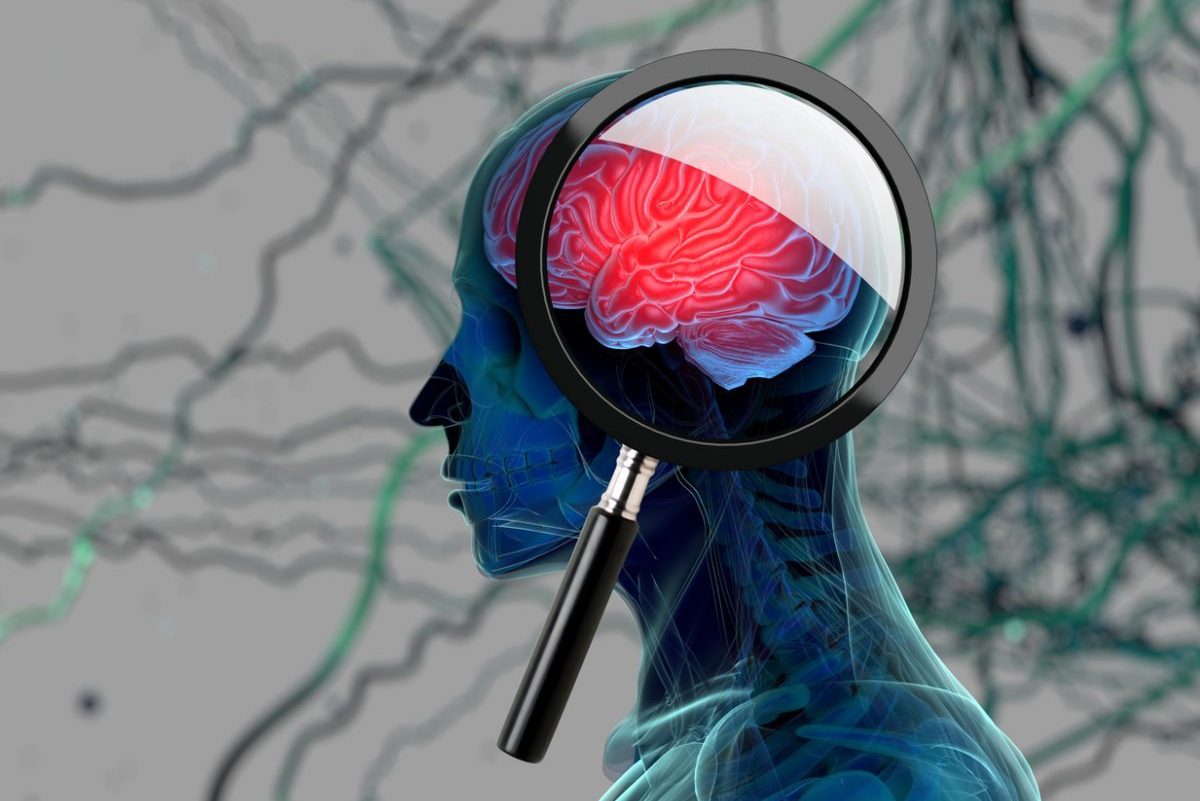Background: This prospective investigation assessed success rates of a pain management program for patients with and without DSM-III-R Axis I and II psychiatric disorders.
Method: Subjects included 40 consecutive patients with chronic pain who were referred to a physical therapy-oriented, “standard” pain management program. Serial ratings of pain levels were measured via a visual analogue scale (VAS) at baseline, weekly throughout a 12-week program, and during a follow-up interval 1 month after completion of the program. Weekly reports of hours of gainful employment were recorded. VAS scores and number of hours worked per week were combined into a measure of pain improvement. This dependent variable was used to compare groups of patients across psychiatric disorders diagnosed via the Diagnostic Interview Schedule (DIS). Percentages of patients in each diagnostic group who met minimal criteria for improvement were computed and compared. A chi-square analysis was conducted on success rates between patients with and without any Axis I disorder, any Axis II disorder, and any substance abuse/dependence disorder.
Results: Overall, 70% of patients (N = 28) were found to have a DIS psychiatric disorder. There were differences in improvement between patients with and without Axis I disorders and between those with and without Axis II disorders. The presence of a diagnosis was associated with significantly lower improvement rates (p < .05).
Conclusion: Patients with chronic pain enrolled in this clinic had a high prevalence of comorbid psychiatric disorders, and these comorbid patients were less likely to improve with standard chronic pain treatment. In a population of patients seeking treatment for chronic pain, these results suggest a need for detection and diagnosis of psychiatric disorders and further research on the efficacy of psychiatric treatment interventions in chronic pain management.
This PDF is free for all visitors!




